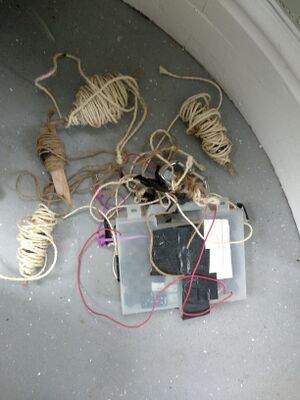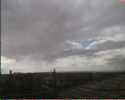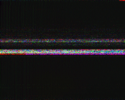Electromagic SSTV transmitter
From Bidston Observatory
Jump to navigationJump to search
A binary device for transmitting 'slow images' on variable frequencies between 88-108 Mhz.
It runs on a raspberry pi + pi camera which takes in an interval of 1:57 min a photo, saves the phota and modulates the photo in SSTV (Slow Scan Television) sound format and transmits the sound file via a Pi-box [1]- micro FM and streaming unit. The antenna connected is a dipole calculated in relation to the frequency to transmit.
- SSTV - RX
Inspired and with tools/scripts of:
- Grassroot mapping Public lab : https://publiclab.org/
- Radio hardware- online + Local FM streamer p-node : https://p-node.org/documentation
- Code and soft bash tricks Rekall design : https://gitlab.bertbalcaen.info/electromagic
For receiving and demodulating the images a binary device is needed + an installation of Qsstv (laptop, Linux) [2] or Robo36 (smartphone, Android).
Present in the Weather_Station during Down Dwars Dela study session [3] August 2021




